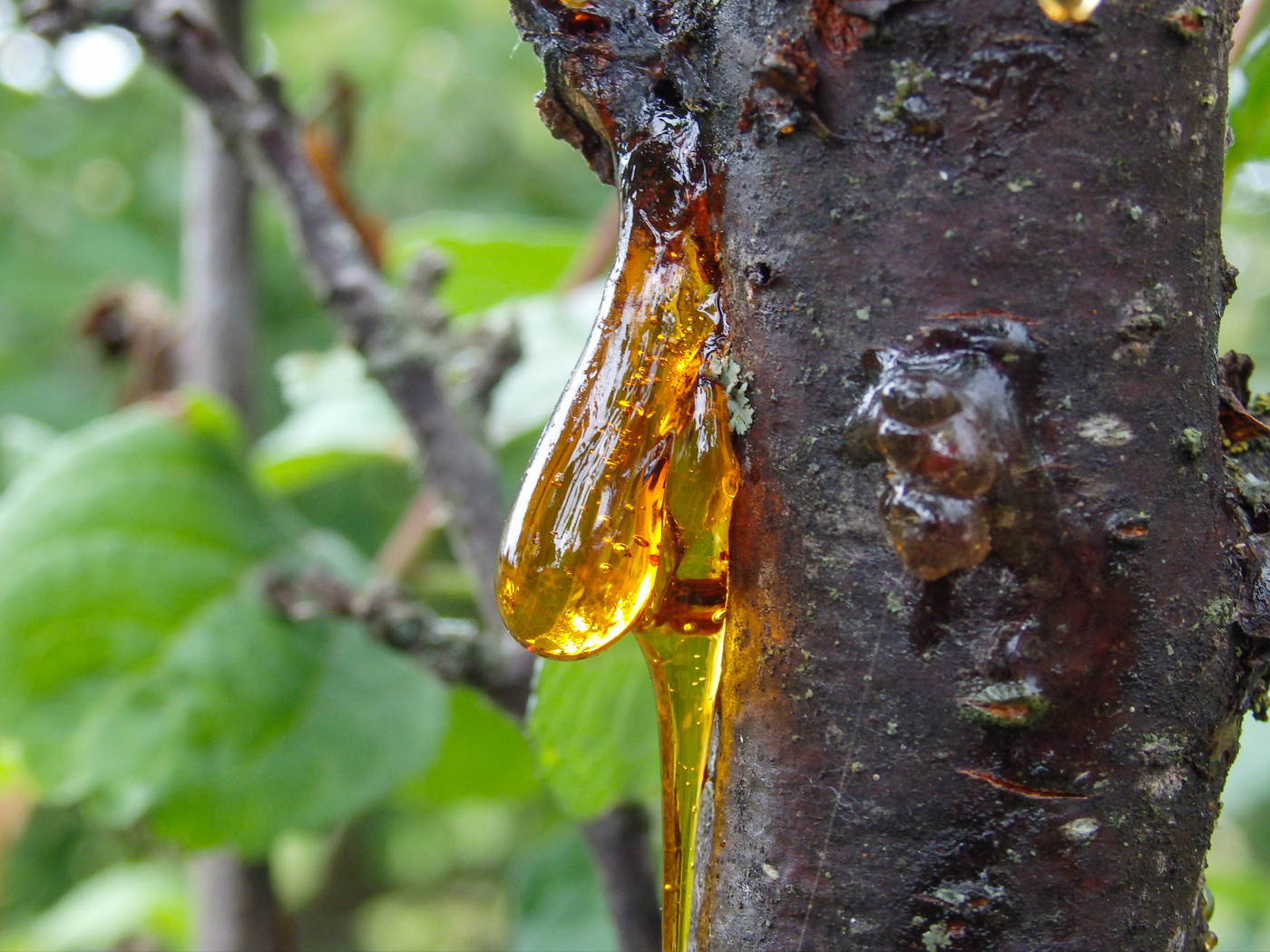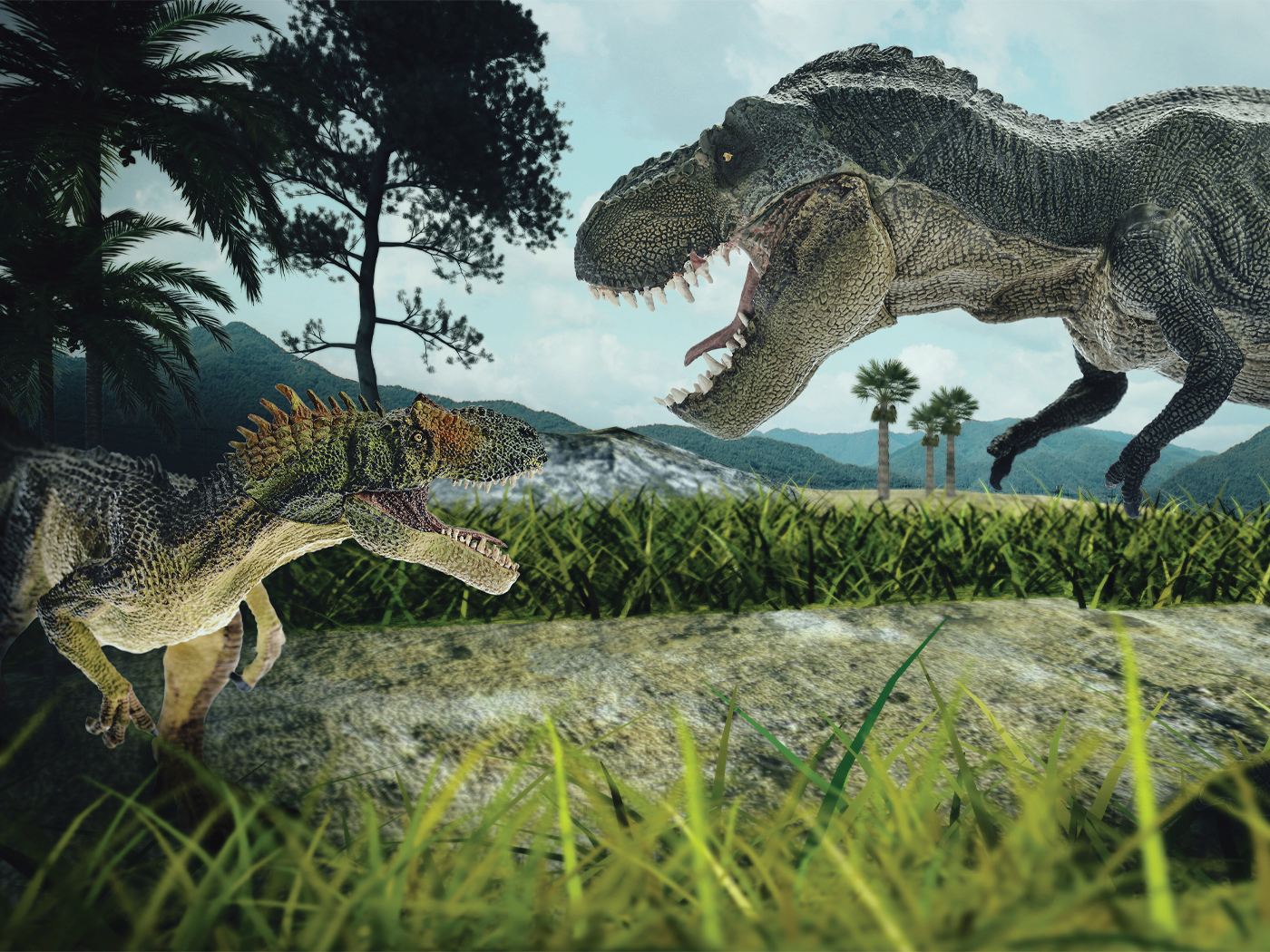No discussion of the top science news in 2015 would be complete without mentioning the stunning details of Pluto and its sister Charon received from the New Horizons spacecraft. But before exploring those finds, other solar system features deserve reflection since they also confirm the Bible's straightforward account of a recently created universe.
Late 2014, an amazing spacecraft named Rosetta released a small landing probe onto the distant comet 67P/Churyumov-Gerasimenko. This year, scientists described some of its surprising details, including the discovery of molecular oxygen—the form of oxygen our bodies use to perform the chemistry behind respiration. After the four or so billion years this comet has supposedly existed, all that molecular oxygen should have long since reacted with other nearby chemicals. Instead of finding the old and rusty comet 67P deep-time advocates expected, they found a young-looking, oxygen-filled comet.1
And what about Saturn's moon Enceladus, with its dramatic plumes continuously ejecting water-ice into surrounding space? 2015 investigations revealed that the plumes also eject silica and methane.2 Secular astronomers do not understand the source of all these materials, nor the forces that eject them, nor the moon's inherent heat. These features are incompatible with secular models, but none of them pose a mystery if Enceladus is only thousands of years old.
Much closer to the sun than Earth, Venus has a dense atmosphere that obscures its solid ground. But in 2015 astronomers found evidence of "hotspots" on the surface from the Venus Express spacecraft. The scientists were surprised to find what could be recent volcanic activity down there, which study author James Head called "active anomalies."3 A young Venus could still have plenty of active geology.
Anticipation mounted this year as New Horizons approached the dwarf planet Pluto after its more than nine-year voyage toward the edge of the solar system. Earlier this year, creation astronomers and physicists wrote that they expected the spacecraft to identify unforeseen evidence of youth.4 After all, planets, moons, and comets throughout the solar system generate all kinds of mysteries for the billions-of-years view. Data arriving early prompted a July NASA headline to read, "Houston, we have geology."5 Higher resolution images later showed why.
New Horizons found that Pluto "has far fewer impact craters than expected."6 Pluto even has a smooth plain with no craters at all.7 It also has recent-looking and starkly contrasting features like mountains, plains, cracks, and chasms. If it has been orbiting the sun for billions of years, then it should be riddled with craters—unless active geologic processes erased them. But active geology implies internal heat still inside the dwarf planet that should have cooled long ago.
At a July 17 NASA media briefing, New Horizons Co-Investigator Fran Bagenal from the University of Colorado explained that Pluto's low mass does not generate enough gravity to hold its own atmosphere. She revealed that models show Pluto releasing 500 tons of nitrogen every hour.8 At well over four million tons per year, how long has this been going on?
The world tracked Pluto news probably more than any other science topic in 2015. Along the way, they heard and saw stunning evidence for Pluto's recent creation.
References
- Thomas, B. Unexpected Oxygen on Young-Looking Comet. Creation Science Update. Posted on icr.org November 16, 2015, accessed December 9, 2015.
- Thomas, B. Saturn's Enceladus Looks Younger than Ever. Creation Science Update. Posted on icr.org April 9, 2015, accessed December 9, 2015.
- Thomas, B. Discovery: Volcanoes on Venus. Creation Science Update. Posted on icr.org July 13, 2015, accessed December 9, 2015.
- For example, Hebert, J. New Horizons, Pluto, and the Age of the Solar System. Creation Science Update. Posted on icr.org July 14, 2015, accessed December 9, 2015.
- New Image of Pluto: 'Houston, We Have Geology.' NASA. Posted on nasa.gov July 10, 2015, accessed December 10, 2015.
- Lisle, J. New Horizons at Pluto. Creation Science Update. Posted on icr.org, accessed December 9, 2015.
- Thomas, B. Pluto's Craterless Plains Look Young. Creation Science Update. Posted on icr.org November 23, 2015, accessed December 9, 2015.
- NASA Press Conference. New Horizons: Capturing the Heart of Pluto. Johns Hopkins Applied Physics Laboratory. Posted on pluto.jhuaple.edu July 17, 2015, accessed December 9, 2015.
Image credit: 2015 NASA/JHUAPL/SWRI. Adapted for use in accordance with federal copyright (fair use doctrine) law. Usage by ICR does not imply endorsement of copyright holders.
*Mr. Thomas is Science Writer at the Institute for Creation Research.
Article posted on December 28, 2015.



















